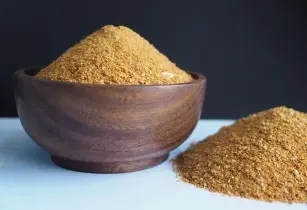The US Grains Council (USGC) recently released a handbook about new and evolving high-protein corn co-products produced by the US ethanol industry, aimed at updating international customers on the nutritional profiles of these products and their applications in animal feed
The high-protein handbook is a supplement to the Council’s existing series of distiller’s dried grains with solubles (DDGS) user handbooks, which have been a resource for US DDGS importers around the world since 2007. The guide was written by Jerry Shurson, a professor of animal nutrition at the University of Minnesota. Shurson also authored all four editions of the Council’s standard DDGS handbook, providing a consistent and digestible library of information about US feed product options.
Contents of the handbook include chapters explaining the nutritional composition of high-protein corn co-products and details about feeding applications for a wide variety of animals, as well as in aquaculture diets. A chapter is also dedicated to wet and dried corn fiber/bran and solubles (CBS), de-oiled DDGS, and corn distillers oil (CDO) to give buyers and end-users more information about the latest developments in US corn co-products.
The Council is proud and excited to have led the creation of this handbook, which will articulate the differences between traditional DDGS and newer, higher-protein corn co-products.
"Considering the increasing popularity and usages of US DDGS, plus the new high-value corn co-products now entering the market, we believe this handbook will help buyers and end users stay informed on these high-quality feed ingredients," said Kurt Shultz, USGC senior director of global strategies. “The Council has a robust catalog of information about US corn co-products that will help international producers incorporate them into their animal rations.”








